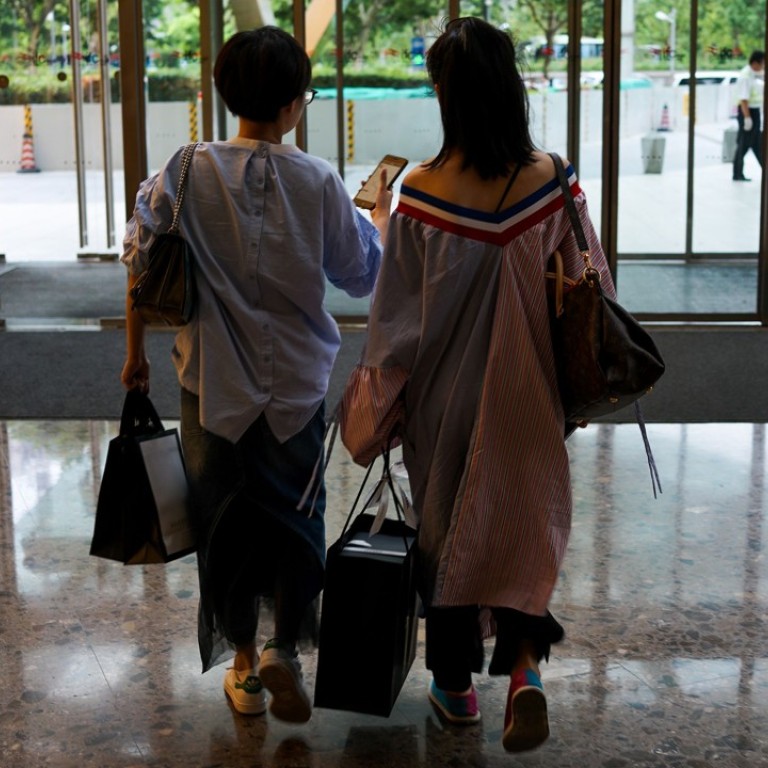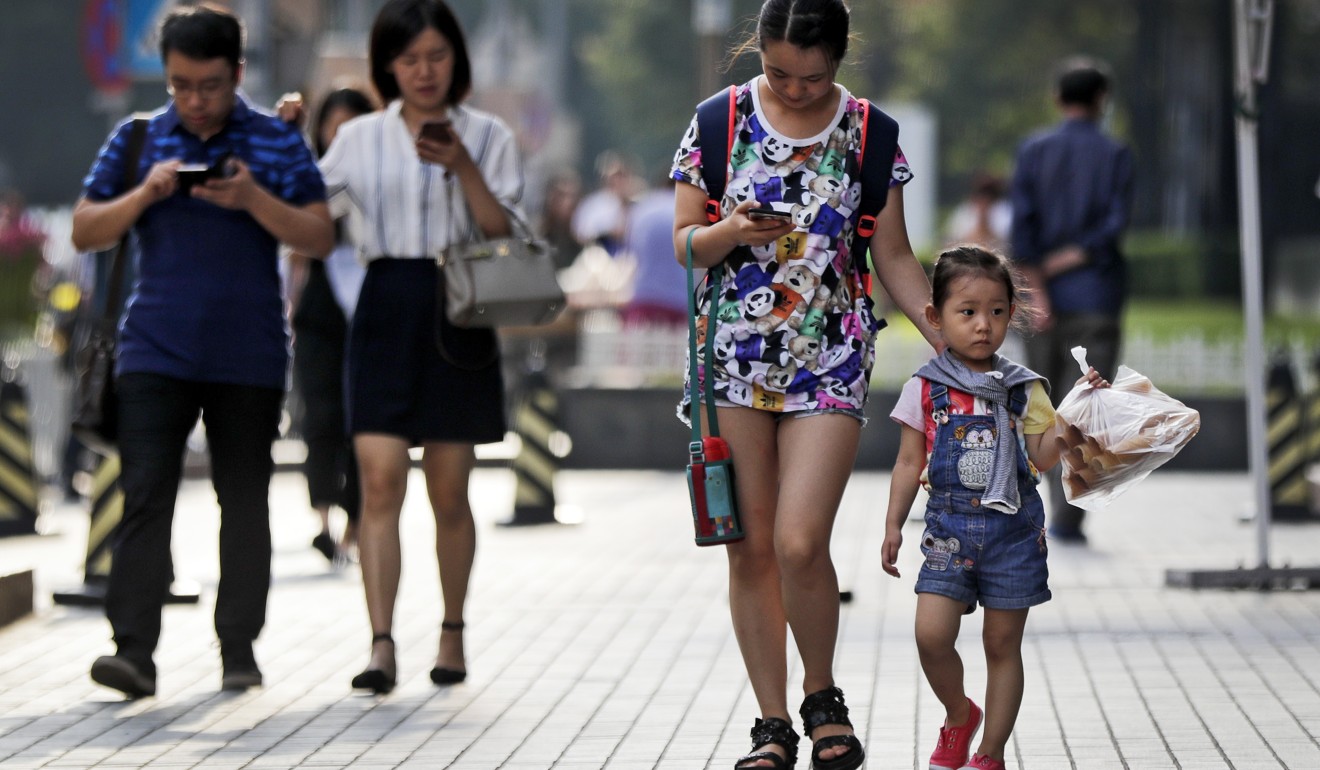
Don’t be too discouraged by a slowing Chinese economy – a healthier, more sustainable one could in fact present more investment opportunities
Looking back at China’s 40 years of development since the grand open-up, three distinctive phrases, each marked by a major transitioning of growth models, stand out
Last year would have gone down in Chinese history as an important year for politics and the economy.
The successful completion of the 19th Party Congress for the Communist Party has further cemented President Xi Jinping’s political authority and ushered in a new generation of leaders who are ready to take China to the next stage of development.
On the macroeconomic front, a combination of revived exports, resilient consumption, and a surprisingly solid real-estate market has led the economy to post its first annual growth acceleration since 2010.
This decent cyclical backdrop has also emboldened Beijing to carry out some tangible reforms, particularly in deleveraging and environmental protection, kicking start a multi-year (if not decade) transformation towards quality-driven growth
This decent cyclical backdrop has also emboldened Beijing to carry out some tangible reforms, particularly in deleveraging and environmental protection, kicking start a multi-year (if not decade) transformation towards quality-driven growth.
With optimism in the air, economists have rushed to upgrade their forecasts for China’s gross domestic product (GDP) and even started a debate about whether China has started a brand new growth cycle.
The track record of economists predicting secular trends in an economy is not particularly encouraging. But knowing how important it is to have a longer-term view on China, we are forced to offer our two cents.
Looking back at China’s 40 years of development since the grand open-up, three distinctive phrases, each marked by a major transitioning of growth models, stand out.
The first economic transformation occurred in the late 1970s, when Deng Xiaoping opened the nation to the world. A rapid economic integration via trade and investment took hold, allowing China to elevate the success of an export-driven growth model to levels that few (other than Japan and the Asian Tigers) had accomplished before.

China’s dominance in trade was further reinforced by its accession to the World Trade Organisation in 2001. By 2006, its annual trade flows (the sum of exports and imports) were over 60 per cent of GDP, compared to less than 10 per cent in 1978.
This phase, call it Rebalancing 1.0 – from an inward-looking economy to an active global player – was therefore an extreme success in jumping start China’s economic convergence.
Despite these gains, the export-driven growth model has one major drawback: it exposed China to the vulnerability of external shocks. This was made abundantly clear, when a once-in-a-generation shock hit the global economy in 2008.
All of a sudden, external demand vanished amid a synchronised and severe global recession. Had China continued to rely on export growth, it would have been swept away by the global tsunami like everyone else.
Luckily, China avoided the doom by promptly shifting its growth strategy. To counter external weakness, Beijing applied a strong dose of fiscal and monetary stimuli to supercharge domestic investments, swiftly turning the primary engine of the economy from export to investment.
By some metrics, Rebalancing 2.0 was a success as it spared China from the crisis.
However, the cost of this pain relief was all-too significant in retrospect. A prolonged adjustment subsequently, in debt, overcapacity, environment and asset prices meant that Rebalancing 2.0 had contained a very unfavourable trade-off between short-term and long-term economic health.
Recognising the unsustainable nature of the strategy, Beijing has turned to Rebalancing 3.0 in recent years, which involves making consumption a key driver of growth.

To achieve that, the government has stepped up efforts to build the nation’s social safety net, in pension, health care and various benefits, to lower household’s precautionary savings.
The rapid rise of e-commerce, thanks partly to policy nurturing, has helped to extract the spending power of the Chinese youth and the middle-class. An ageing population should boost consumption too, as more retired people spend their lifetime savings in the coming decades.
As a result, consumption, as a share of the economy, has started to rise and its contribution to growth has accelerated in the last three years.
Consumption, as a share of the economy, has started to rise and its contribution to growth has accelerated in the last three years.
We think Rebalancing 3.0 – characterised by China’s transitioning towards a consumption-driven economy – will be a secular trend that has profound implications for itself and the world in the years/decades to come.
This transformation will however imply a gradual slowing of growth, if China was to tread a typical path to economic maturity. We think that the Chinese leaders have come to terms with this, and have hence pledged to focus on the quality of growth going forward.
This means that the economy is unlikely to stage a “V” or “U-shaped” rebound as envisaged by those arguing for a renewed cycle. While government policies may induce cyclical variations at times, the secular trend of growth slowdown, pulled by the gravity of Rebalancing 3.0, will be too powerful to avert.
As for investors, there is really no need to be too discouraged by a slowing Chinese economy. A healthier and more sustainable economy may in fact present more favourable opportunities that suit the investment style of developed-market investors. We shall pick up on this topic in our future update.
Aidan Yao is senior emerging Asia economist at AXA Investment Managers.

